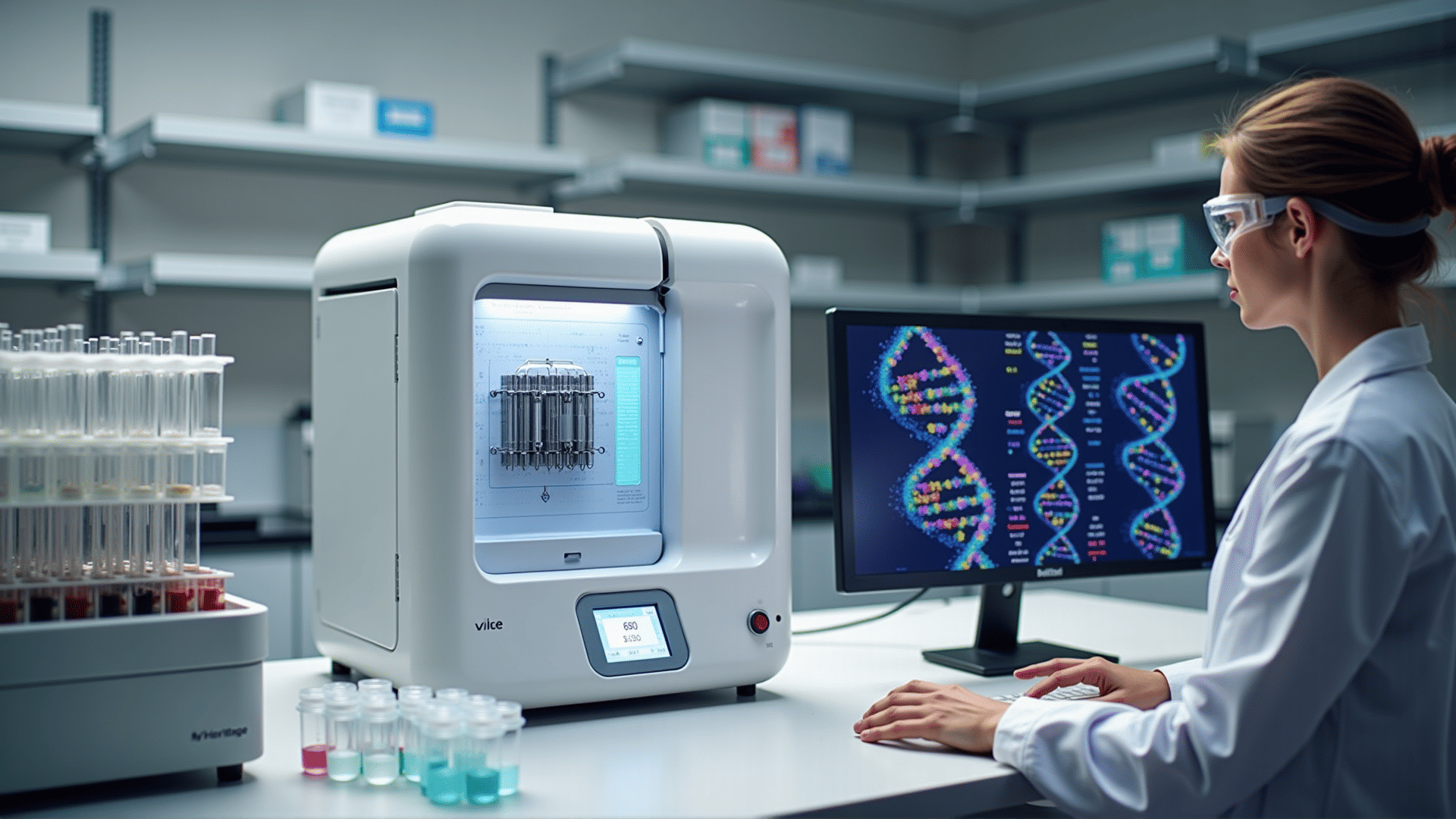DNA testing has become an increasingly popular tool for those curious about their ancestry and family history. Companies like MyHeritage have made it easier than ever for individuals to explore their genetic roots. To understand how this process works, it’s essential to look into the scientific mechanisms that power DNA testing.
At the core of DNA testing is the analysis of specific regions within an individual's genome. Human DNA is composed of approximately 3 billion base pairs, which are the building blocks of the double helix structure. These base pairs are the genetic instructions that make up individuals’ physical characteristics, predispositions to certain diseases, and other personal traits.
When a user submits a DNA sample to MyHeritage, typically through a simple cheek swab, the DNA is then extracted and purified in a laboratory setting. The key step in genetic analysis is amplifying specific sections of DNA using Polymerase Chain Reaction (PCR). PCR is a technique that mimics the natural DNA replication process, enabling the creation of thousands to millions of copies of a particular DNA segment, which allows for easier analysis.
Once the DNA is properly amplified, it undergoes a process called genotyping. This is where scientists focus on particular locations within the genome known as Single Nucleotide Polymorphisms (SNPs). SNPs are variations at a single position in a DNA sequence among individuals and are pivotal in identifying genetic differences or similarities. By examining these SNPs, MyHeritage can compare the user's DNA against a vast database of genetic information to find common markers and patterns.
This database includes genetic data from individuals all over the world, allowing MyHeritage to pinpoint origins and ancestral ties across different regions. The matches found within the data can determine potential relatives, going as far back as several generations, and help identify shared ancestry within ethnic or geographic contexts.
One of the fascinating aspects of DNA testing is its role in uncovering genetic markers linked to specific populations. Scientists have mapped certain markers to particular regions or populations based on historical and migration patterns. As a result, MyHeritage can offer a reasonably accurate picture of where an individual’s ancestors may have originated.
Beyond ancestry, DNA testing can also reveal health-related genetic information. While MyHeritage focuses primarily on lineage, the same technology is employed to study genetic predispositions to conditions and traits—further illustrating the intricate connection between our genetic makeup and how it manifests in both familial and individual contexts.
Privacy and ethical considerations are crucial in the realm of DNA testing. Companies like MyHeritage have policies to protect user data, ensuring that personal genetic information remains confidential unless the user consents to sharing it.
The science behind DNA testing is a blend of genetic understanding, advanced technology, and massive data analysis, offering a remarkable window into our past. As science and technology continue to evolve, so too does our ability to unlock further genetic secrets, allowing individuals to forge connections with their history and better understand the complex tapestry of their genetic legacy.
